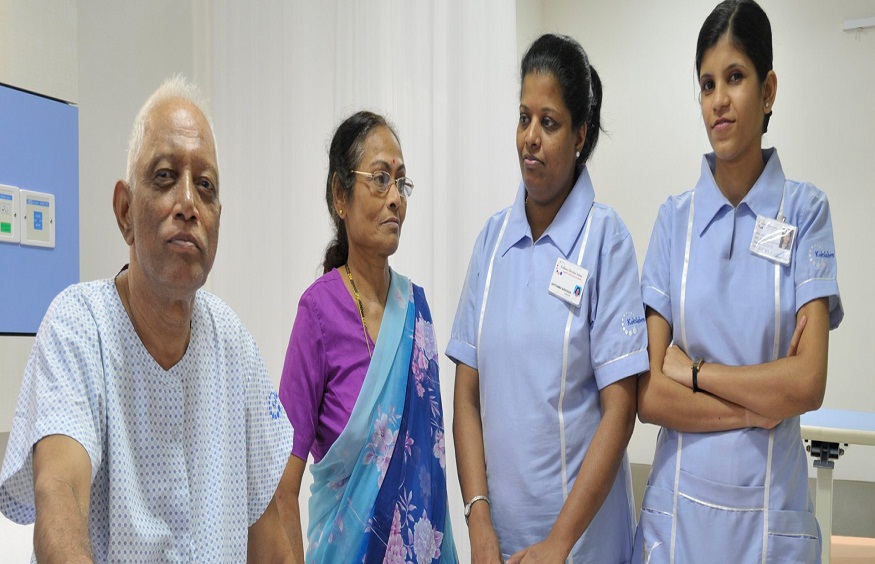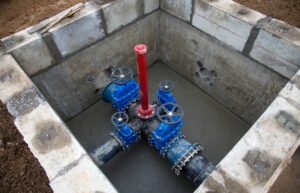Hypospadias is a congenital condition affecting approximately 1 in every 200 male births, where the urethra does not develop at its typical location. Instead of opening at the tip of the penis, the urethral opening appears along the underside, ranging from just below the head to the base of the shaft. While this condition is not life-threatening, it can cause functional issues and cosmetic concerns if left untreated. Thankfully, hypospadias repair offers a safe and effective solution, providing children with a normal, healthy life.
For families dealing with this condition, finding a reputable facility, such as a hypospadias specialty center, is critical. These centers offer specialized care and experienced surgeons who understand the intricacies of this condition, giving families confidence in the treatment process.
What Is Hypospadias?
Hypospadias occurs during fetal development, typically between the 8th and 14th weeks of pregnancy. The exact cause is not fully understood, but researchers believe a combination of genetic and environmental factors might play a role. Hormonal imbalances during pregnancy could also contribute to the development of this condition.
Hypospadias varies in severity based on the location of the urethral opening. The most common form, known as distal hypospadias, occurs when the opening is near the head of the penis. In more severe cases, the opening might be found along the shaft (midshaft hypospadias) or closer to the base of the penis (proximal hypospadias). Regardless of severity, surgical repair is often recommended to improve both function and appearance.
Why Is Hypospadias Repair Important?
Though hypospadias may not pose an immediate medical danger, it can cause long-term complications if left untreated. The misplaced urethral opening can lead to difficulty urinating, as the child may need to urinate at an angle or sit down to avoid spraying. This can lead to embarrassment and hygiene concerns as the child grows older.
Additionally, untreated hypospadias can result in sexual dysfunction later in life. The abnormal placement of the urethra, along with any curvature of the penis (chordee) that often accompanies the condition, can hinder normal sexual function and lead to psychological stress. Therefore, repairing the urethra not only addresses functional concerns but also improves the patient’s quality of life by restoring confidence and normalcy.
The Surgical Approach to Hypospadias Repair
Hypospadias repair is typically performed when the child is between 6 to 18 months old. Early repair is preferred because it minimizes the psychological impact of the surgery and allows the child to recover before becoming aware of body image concerns. The procedure is usually done on an outpatient basis under general anesthesia, meaning the child can go home the same day.
During surgery, the goal is to reposition the urethral opening, correct any curvature, and ensure that the penis appears and functions normally. Surgeons often use the skin from the foreskin or other tissues to reconstruct the urethra. This new urethra is then connected to the correct position at the tip of the penis. In more severe cases, multiple surgeries may be required to achieve the desired outcome, but the majority of children need only one procedure.
Recovery from hypospadias repair is usually smooth. The child may experience some swelling and discomfort, but this typically resolves within a few weeks. A small catheter is often placed temporarily to allow urine to drain while the surgical site heals. Parents are advised to follow their surgeon’s post-operative instructions closely to ensure a successful recovery.
Finding the Right Hypospadias Specialty Center
For families dealing with hypospadias, choosing the right surgeon and medical facility is paramount. A hypospadias specialty center offers a level of expertise and specialized care that ensures the best outcomes for children. These centers are staffed by pediatric urologists and surgeons with extensive experience in repairing hypospadias, even in its most complex forms.
Hypospadias specialty centers also offer state-of-the-art technology, allowing for minimally invasive procedures and faster recovery times. Parents can feel reassured knowing that their child is in the hands of experts who not only understand the medical aspects of hypospadias but also the emotional and psychological factors that come with treating young children.
When selecting a center, it’s important to consider the surgeon’s experience, the center’s success rates, and the support system offered to families throughout the treatment process. A good specialty center will provide comprehensive care, from the initial diagnosis to post-operative follow-up.
Long-Term Outcomes and Follow-Up Care
The long-term outlook for children who undergo hypospadias repair is overwhelmingly positive. Most boys experience normal urination, sexual function, and a typical appearance after surgery. However, follow-up care is crucial to ensure that the urethra heals properly and that no complications arise as the child grows.
In some rare cases, complications such as fistulas (small openings in the urethra) or strictures (narrowing of the urethra) can occur. These issues are typically identified during follow-up visits and can be corrected with additional procedures. Regular monitoring by a pediatric urologist ensures that any issues are addressed promptly, allowing the child to continue developing without further complications.
Addressing Parental Concerns
Understandably, many parents feel anxious about their child undergoing surgery, especially at such a young age. It’s important to know that hypospadias repair is a common and well-understood procedure with a high success rate. Surgeons who specialize in this field are well-versed in not only the medical aspects of the surgery but also in communicating effectively with parents to alleviate concerns.
Parents should feel comfortable asking questions, discussing the risks and benefits of surgery, and understanding the expected recovery timeline. Support groups or counseling services may also be available to help parents navigate the emotional aspects of their child’s condition and treatment.
Conclusion: A Bright Future After Hypospadias Repair
For boys born with hypospadias, the condition may seem daunting at first, but the reality is that modern surgical techniques offer a highly effective solution. Hypospadias repair allows children to lead normal, healthy lives without the complications of untreated symptoms. By working with a reputable hypospadias specialty center, families can ensure that their child receives the best possible care from experts who understand the intricacies of this condition.
As awareness of hypospadias continues to grow, so does the range of options available to parents. With the right support and medical expertise, children born with hypospadias can look forward to a bright and healthy future.



